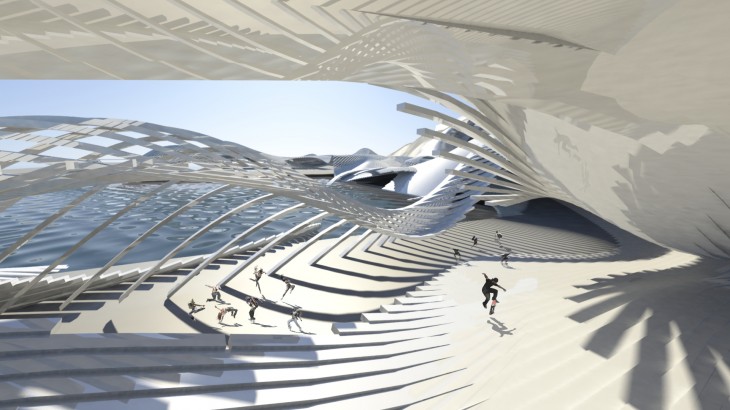The Intro | Responsive Renaturalization
Port city harbors, which were once isolated, now face the challenge of being reintegrated into an increasingly data-driven urban fabric. This desire is coupled with the push for renaturalization of such densely concrete, anthropic jungles.
The Port of Barcelona of the 22nd century should reject monofunctional infrastructure and instead re-invite a scenario of discovery, welcoming a rhizomatic interaction built upon nature’s inherent fluctuation.
This project is the nexus of annual local and tourist social exchanges, leading to the spread of plant-life, wildlife and aquatic life. Real-time human behavior triggers the exploit of green-energy amidst Montjuic and the seaport, which then feeds the transition of Responsive Habitats.

